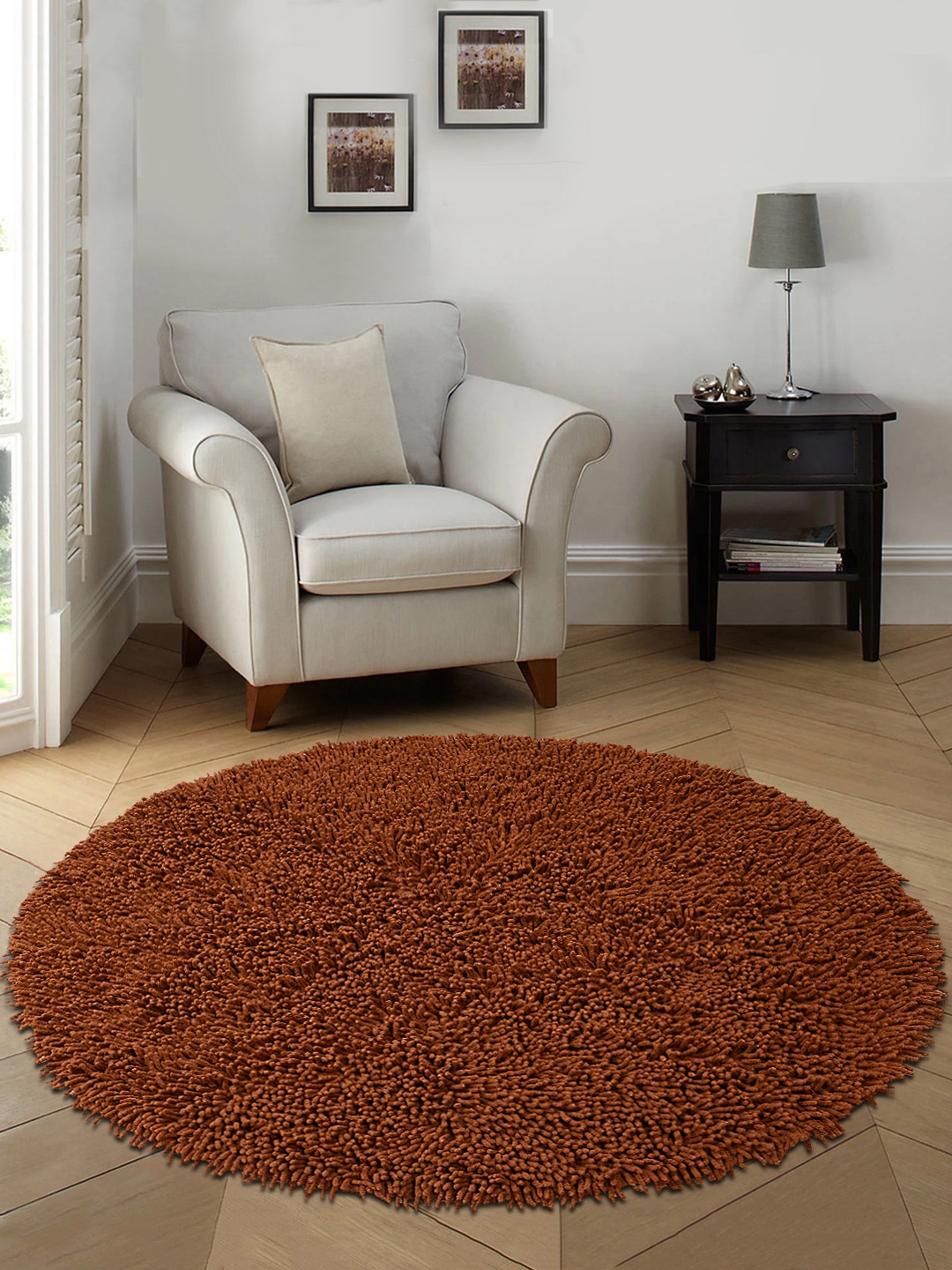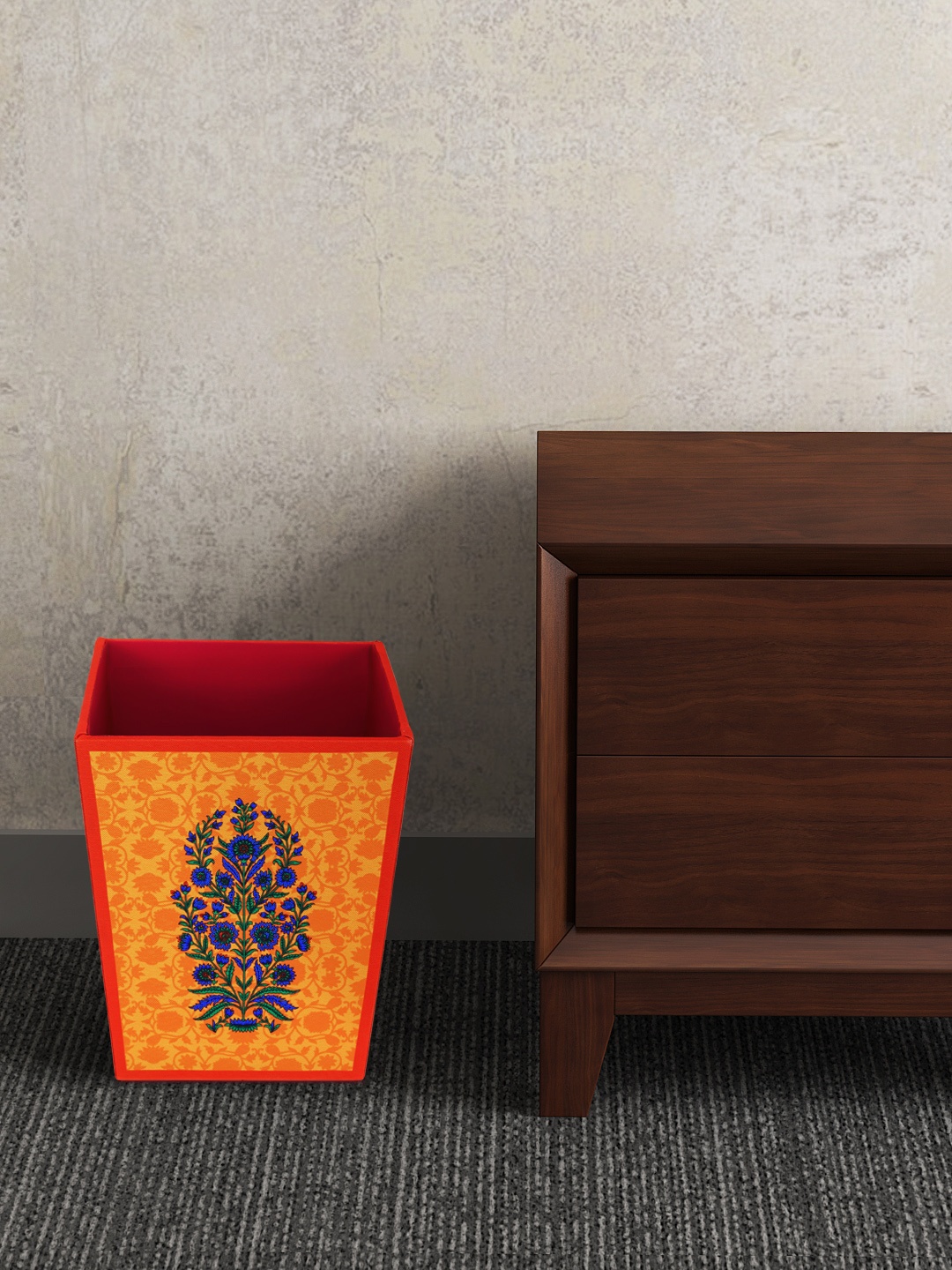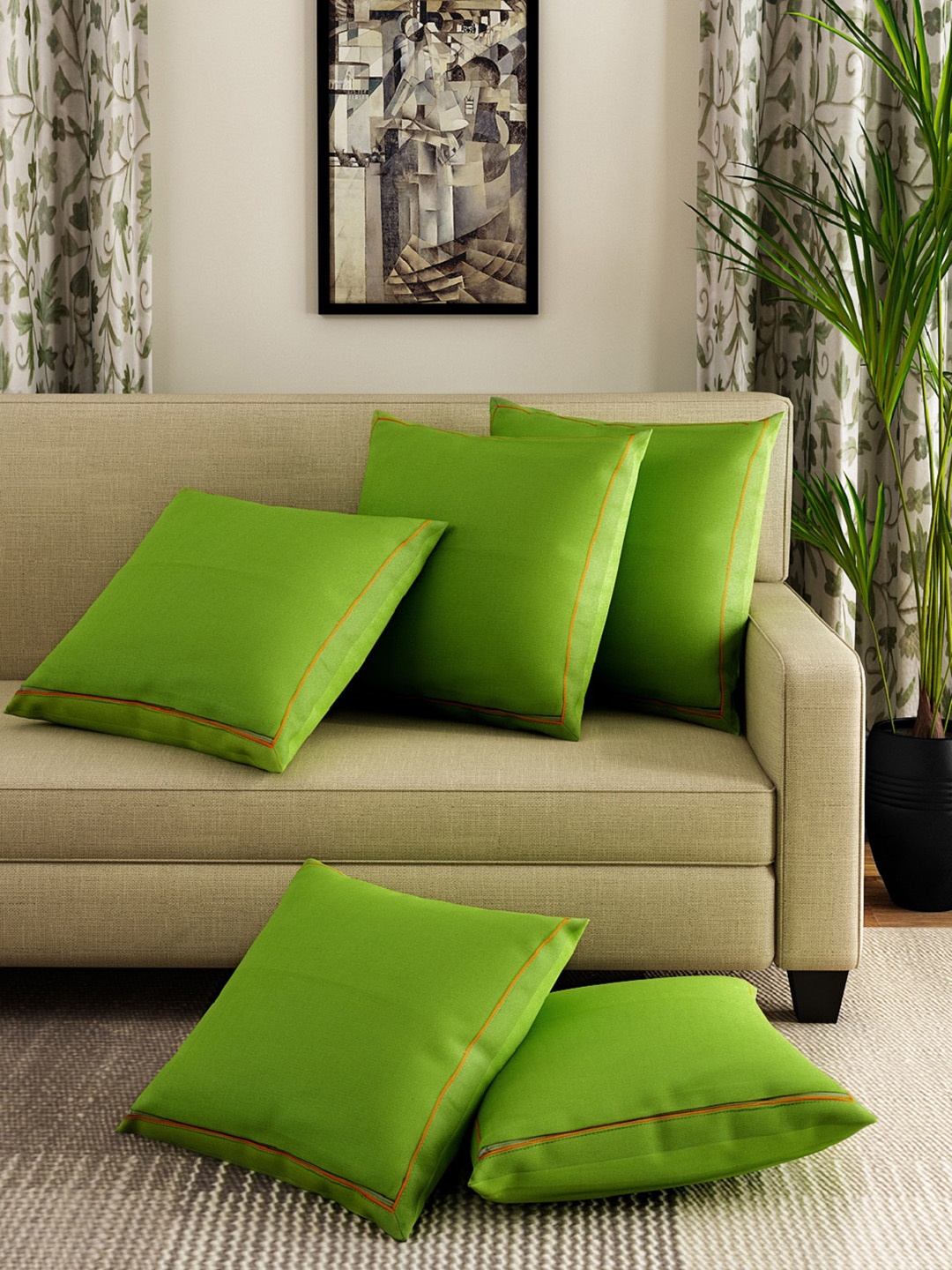What Are The Types Of Clocks? A Simple Guide For Curious Minds
Clocks help us track time, but how many types are there? This article examines the 3 primary types of clocks, highlighting what makes each one unique in terms of design, purpose, and precision.

The 3 Types Of Clocks
Clocks do much more than count down the minutes to our next meeting. They shape how we organise our days, measure our moments, and even define our memories. While modern life seems powered by digital displays, clocks come in a fascinating variety of types, each with its own charm and complexity. From elegant old-world dials to glowing numbers on a screen, and even the incredible world of atomic precision, the way we track time has undergone significant evolution. If you've ever wondered what really makes a clock tick, this guide breaks it down into three timeless types.
Analog Clocks: The Hands That Tell More Than Time
Analog clocks are often the first mental image people have when they hear the word “clock.” With their sweeping or ticking hands and classic circular face, they present a moving picture of time that feels intuitive and familiar. These clocks are deeply rooted in history, tracing their origins to ancient water clocks and sundials. The mechanical analog clock became a household staple in Europe during the 14th century, powered by intricate systems of gears, springs, and pendulums.
There are two broad types of analog clocks: mechanical and quartz. Mechanical clocks are powered by a wound spring and require regular maintenance and winding. These are often considered heirlooms, sometimes passed down through generations for their craftsmanship. Quartz analog clocks, introduced in the 20th century, are battery-operated and use the vibration of a quartz crystal to keep time. They are far more accurate than mechanical versions and require less upkeep.
Also Read: Wall Clocks Under ₹599 That Look Stylish And Modern
Analog clocks are still favoured in certain settings because they provide a visual sense of the passage of time. You can see how long it is until your next appointment or how much time has passed. Their aesthetic charm also makes them popular for interior décor and collectors' items.
Digital Clocks: Clarity, Convenience, And Control
Digital clocks were introduced in the mid-20th century and quickly became synonymous with modern timekeeping. Unlike their analog cousins, digital clocks represent time with numbers, offering an instant, clear view of the hour and minute. This clarity makes digital clocks ideal for quick glances, especially when precision matters. It's no surprise they dominate our microwaves, cars, mobile phones, and bedside tables.
These clocks work using electronic timekeeping systems, most commonly quartz oscillators. A small circuit interprets the vibrations of the quartz crystal and converts them into readable numerical displays, often using LED or LCD screens. Many digital clocks are multifunctional, with alarm settings, timers, calendars, and even weather updates included.
In schools, hospitals, and workplaces where timing matters, digital clocks offer ease and accuracy. They're also popular with children and individuals who may struggle to read analog time. Despite their practical strengths, digital clocks often lack the emotional and aesthetic presence of analog or mechanical timepieces. Still, in our always-on world, their utility is hard to ignore.
Also Read: Turn Your Walls Into Showstoppers With Designer Clocks; Get Up To 55% Off On Myntra
Atomic Clocks: Where Precision Meets Genius
If analog clocks are the poets and digital clocks the managers, atomic clocks are the scientists of the timekeeping world. They don't use gears or crystals. Instead, atomic clocks measure time by observing the natural oscillation of atoms, specifically caesium or rubidium. These atoms vibrate at incredibly consistent frequencies, making atomic clocks the most accurate in human history.
The first practical atomic clock was built in 1955, and since then, they've defined the official international time standard known as Coordinated Universal Time (UTC). Some of these clocks are so precise that they would only lose one second in millions of years. For everyday use, that might seem excessive, but atomic timekeeping is critical for technologies like GPS, space navigation, and global communication networks. The satellite that gives you directions to the nearest café is actually running on atomic time.
While you're unlikely to keep an atomic clock in your living room, its influence is all around us. Even your smartphone's automatic time updates rely on the precision of atomic clocks maintained by institutions across the world.
Why Knowing Clock Types Still Matters Today
In a world increasingly shaped by digitisation, it might seem quaint to explore clock types. But clocks are more than tools; they reflect how we relate to time. Analog clocks teach us patience and presence. Digital clocks offer control and clarity in our daily tasks. Atomic clocks ensure that the entire planet stays coordinated to the split second. Together, they remind us that timekeeping is not just about knowing what hour it is, but about understanding how we move through life.
Products Related To This Article
1. basics IND White Contemporary Alarm Clock
2. RANDOM Multicoloured Round Printed Analogue
3. RANDOM Gold-Toned & Black Printed Analogue Contemporary
4. RANDOM Brown & Grey Analogue Contemporary Wall Clock
5. Ajanta Black Digital Square Contemporary Wall Clock
6. Freny Exim Wooden Brown Butterfly Alarm Clock
7. RANDOM White Round Printed 30.48 cm Analogue Wall Clock
8. Attractionz Gold-Toned Round Contemporary Pendulum Wall Clock
9. RANDOM Unisex Lavender Clocks
10. Titan Unisex Brown Clocks
Frequently Asked Questions (FAQs)
Q1. What type of clock is used in mobile phones?
Mobile phones use digital clocks powered by electronic circuits and are often synced with atomic clocks for accuracy.
Q2. Why do schools still use analog clocks?
Analog clocks help students learn how to read time visually and understand the passage of time during exams or lessons.
Q3. Are atomic clocks available for home use?
Yes, simplified radio-controlled clocks sync with atomic time, but true atomic clocks are expensive and used in labs or scientific facilities.
Q4. Which type of clock is most accurate?
Atomic clocks are the most accurate in the world, losing only about one second in millions of years.
Q5. Can a quartz clock be both digital and analog?
Yes, some modern clocks use quartz movement internally while displaying time with either analog hands or digital numbers.
Whether displayed with hands that sweep gracefully across a dial, glow brightly in bold numbers, or pulse with the beat of an atom, clocks help us live in rhythm with the world. Understanding the three types of clocks, analog, digital, and atomic, not only shows us how far we've come in measuring time but also highlights how each type serves a distinct purpose in our lives. From the art of traditional craftsmanship to the demands of scientific precision, clocks remain a quietly essential part of our daily experience, ticking steadily as life moves forward, one second at a time.
Disclaimer: The images used in this article are for illustration purpose only. They may not be an exact representation of the products, categories and brands listed in this article.





















![Steam Iron Teflon Shoe Cover for ES-300,ST-96 [Only For ES-300 and ST-96 Model Electric Steam Irons]](https://m.media-amazon.com/images/I/51wwkttondL._SL160_.jpg)






